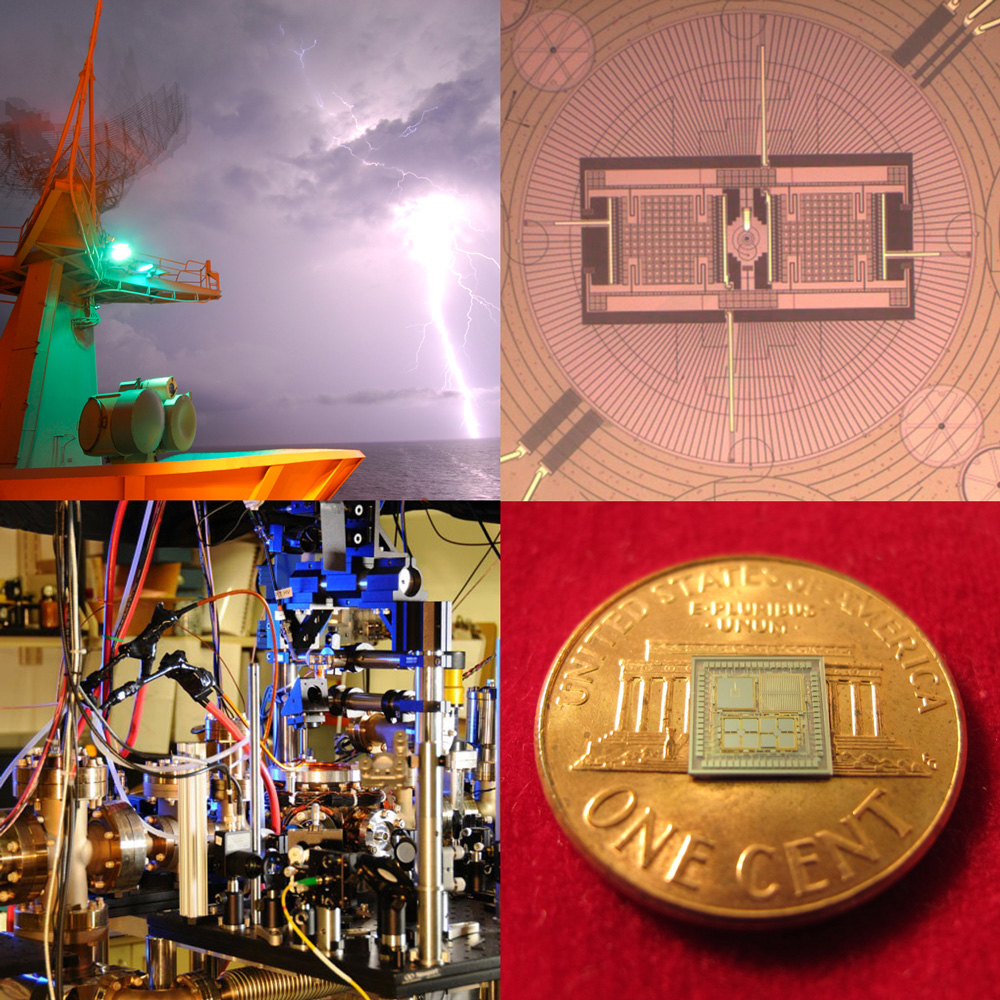Beyond GPS: five next-generation technologies
July 30, 2014

DARPA is pioneering the next-generation of PNT capabilities beyond GPS, which includes using miniaturization, pulsed lasers, quantum physics and even lightning strikes for external navigational fixes (credit: DARPA)
Several DARPA programs are exploring innovative technologies and approaches that could supplement GPS to provide reliable, highly accurate real-time positioning, navigation and timing (PNT) data for military and civilian uses and deal with possible loss of GPS accuracy from solar storms or jamming, for example.
DARPA Director Arati Prabhakar said DARPA currently has five programs that focus on PNT-related technology.
Adaptable Navigation Systems (ANS) is developing new algorithms and architectures that can create better inertial measurement devices. By using cold-atom interferometry, which measures the relative acceleration and rotation of a cloud of atoms stored within a sensor, extremely accurate inertial measurement devices could operate for long periods without needing external data to determine time and position. ANS also seeks to exploit non-navigational electromagnetic signals — including commercial satellite, radio and television signals and even lightning strikes — to provide additional points of reference for PNT.
Microtechnology for Positioning, Navigation, and Timing (Micro-PNT) leverages extreme miniaturization made possible by DARPA-developed micro-electromechanical systems (MEMS) technology. These include precise chip-scale gyroscopes, clocks, and complete integrated timing and inertial measurement devices. DARPA researchers have fabricated a prototype with three gyroscopes, three accelerometers and a highly accurate master clock on a chip that fits easily on the face of a penny.
Quantum-Assisted Sensing and Readout (QuASAR) intends to make the world’s most accurate atomic clocks — which currently reside in laboratories — both robust and portable. QuASAR researchers have developed optical atomic clocks in laboratories with a timing error of less than 1 second in 5 billion years. Making clocks this accurate and portable could improve upon existing military systems such as GPS, and potentially enable entirely new radar, LIDAR, and metrology applications.
The Program in Ultrafast Laser Science and Engineering (PULSE) applies the latest in pulsed laser technology to significantly improve the precision and size of atomic clocks and microwave sources, enabling more accurate time and frequency synchronization over large distances. It could enable global distribution of time precise enough to take advantage of the world’s most accurate optical atomic clocks.
The Spatial, Temporal and Orientation Information in Contested Environments (STOIC) program seeks to develop PNT systems that are independent of GPS: long-range robust reference signals, ultra-stable tactical clocks, and multifunctional systems that provide PNT information between multiples users.